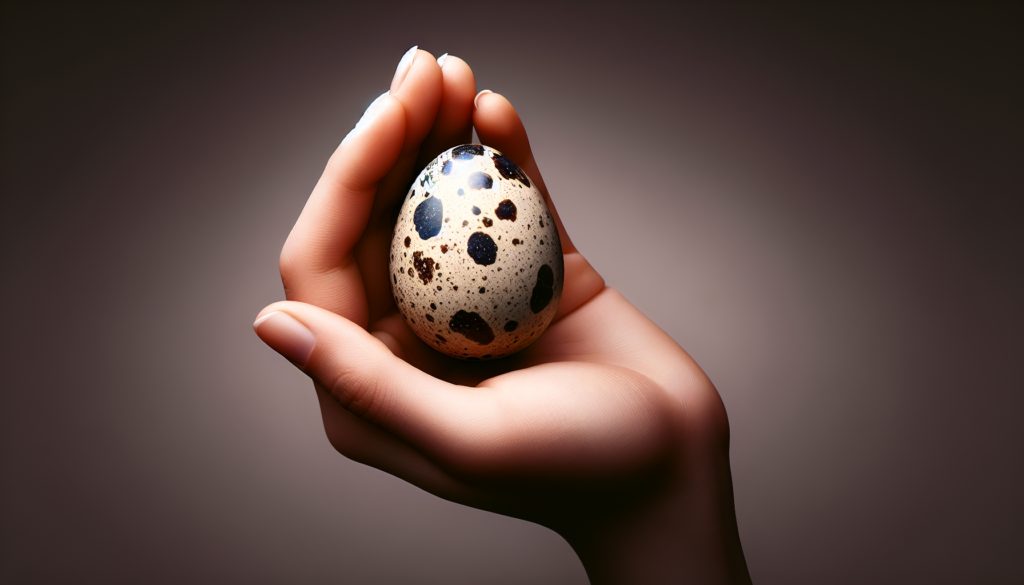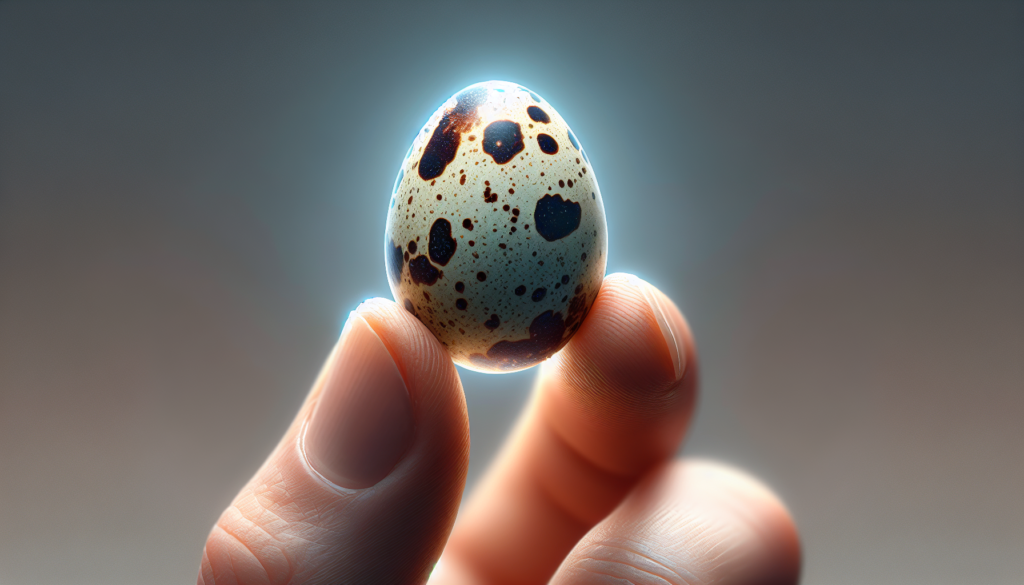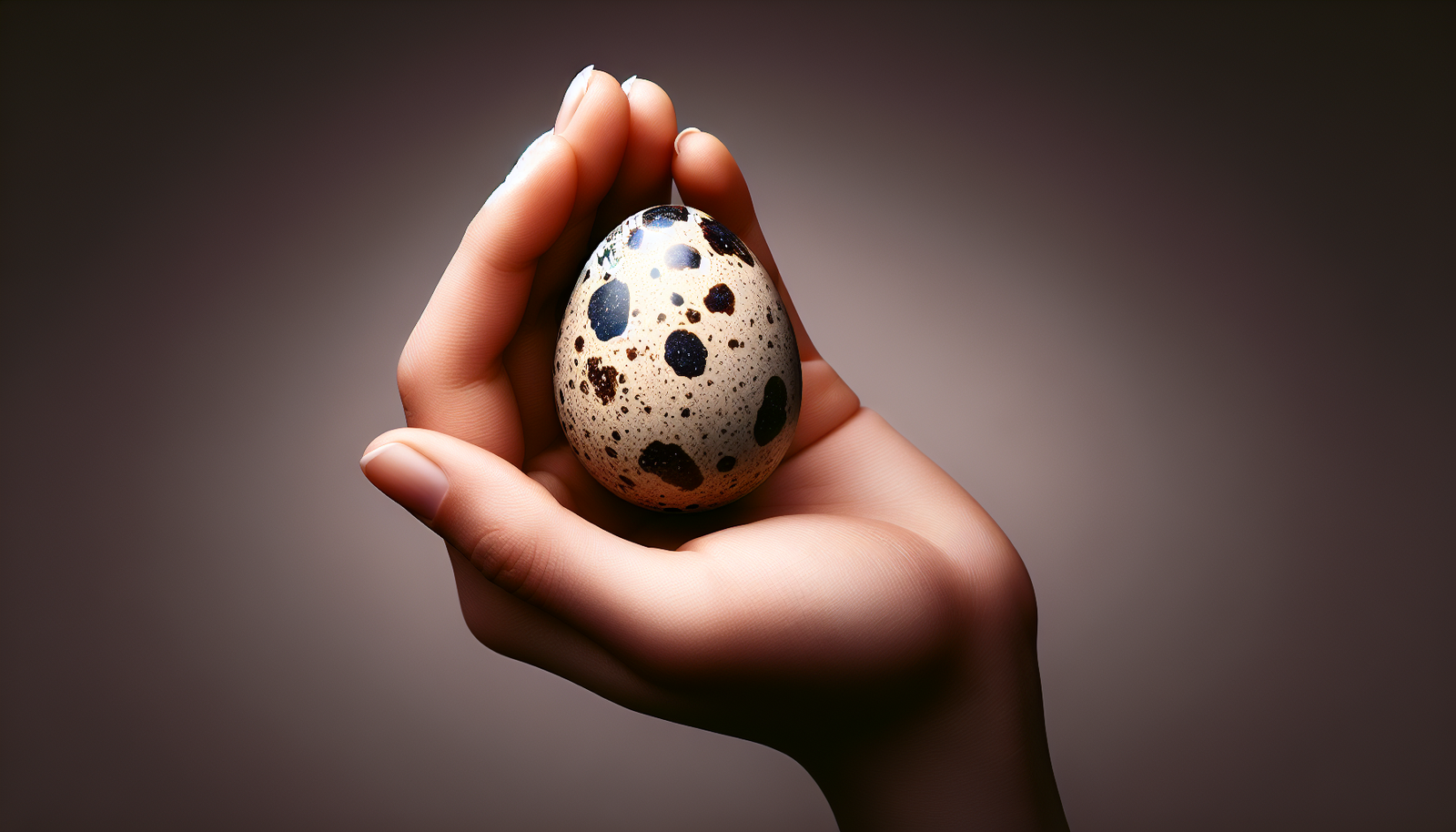If you’ve ever considered raising quail for a fresh supply of eggs and meat, look no further. This article is packed with everything you need to know on how to successfully raise quail for both eggs and meat production. From choosing the right breed to setting up a suitable habitat, we will guide you through the entire process, ensuring that you have all the information necessary to embark on this rewarding adventure. So, let’s get started on your journey to becoming a successful quail farmer!
Choosing the Right Quail Breed
When it comes to selecting a quail breed, there are several factors to consider. First, you’ll want to think about whether you want to raise quail for their meat, their eggs, or both. Different breeds have different attributes that make them more suitable for one purpose over the other. Additionally, you’ll want to consider the climate and environment in which you’ll be raising the quail, as certain breeds may be better adapted to different conditions. It’s also important to take into account your level of experience and the resources you have available. Some breeds may require more specialized care or may be harder to find than others.
Popular Quail Breeds for Meat and Eggs
If you’re interested in raising quail for meat, you may want to consider breeds such as the Coturnix or the Bobwhite quail. These breeds are known for their flavorful meat and can reach market weight in as little as 6-8 weeks. If you’re looking to raise quail primarily for their eggs, breeds like the Coturnix or the Pharaoh quail are popular choices. These breeds can start laying eggs as early as 6-8 weeks old and continue to lay consistently throughout their productive lifespan.
Where to Purchase Quail Breeds
When it comes to purchasing quail breeds, there are several options available to you. You may be able to find local breeders or farmers who specialize in quail and can provide you with healthy, well-bred birds. Online sources and hatcheries can also be a convenient way to purchase quail breeds, as they often offer a wide variety of breeds and can ship the birds directly to your location. When selecting a source, it’s important to ensure that the birds are well-cared for, disease-free, and that the breeder or supplier has a good reputation.
Housing and Equipment
Designing a suitable quail house is crucial for the health and well-being of your birds. Quail require a clean, secure, and well-ventilated environment to thrive. When constructing or choosing a quail house, consider the number of quail you plan to raise and allow for ample space for each bird. The house should be predator-proof, with strong wire mesh and lockable doors to keep out potential threats. Adequate ventilation is also important to maintain fresh air circulation and control humidity levels. Additionally, ensure that the quail house has proper lighting to mimic natural day-night cycles, which can help regulate their behavior and reproductive patterns.
Essential Equipment for Raising Quail
In addition to a suitable quail house, there are several essential pieces of equipment you’ll need for raising quail. These include feeders, waterers, and nest boxes. Quail feeders should be designed to prevent feed waste and contamination, and waterers should provide a clean, constant water supply. Nest boxes are necessary if you plan to breed quail or if you want to collect eggs easily. It’s important to regularly clean and disinfect all equipment to prevent the spread of disease. Additionally, consider providing a dust bath area for your quail, as this helps keep them clean and healthy.

Preparing the Quail House
Before introducing quail to their new home, it’s essential to thoroughly clean and disinfect the quail house. This helps eliminate any potential pathogens or parasites that could harm your birds. Remove all bedding material and clean the entire house with a mild disinfectant solution. Pay special attention to nooks and crevices where dirt and debris can accumulate. Once the house is clean and dry, you can set up fresh bedding material, such as wood shavings or straw, to provide a comfortable and clean environment for your quail. It’s also a good idea to install nest boxes and perches at this time to encourage natural behaviors and provide additional space for your birds.
Feeding and Nutrition
Choosing the right feed for your quail is essential to their health and productivity. There are commercially available quail feeds that are formulated to meet the specific nutritional needs of these birds. These feeds typically contain a balanced mix of grains, protein sources, vitamins, and minerals. It’s important to select a feed that is appropriate for the age and purpose of your quail, whether they are chicks, layers, or breeders.
Supplementing with Vitamins and Minerals
To ensure optimal growth and health, you may consider supplementing your quail’s diet with vitamins and minerals. This can be done through commercially available supplements or through natural sources such as greens, vegetables, and fruits. Calcium, for example, is crucial for eggshell production in laying quail and can be provided through crushed oyster shell or other calcium-rich sources. It’s important to consult with a veterinarian or poultry nutritionist to determine the appropriate supplementation for your quail’s specific needs.
Feeding Schedules and Portion Sizes
Establishing proper feeding schedules and portion sizes is important to maintain healthy quail. Quail chicks require frequent and evenly spaced meals to support their rapid growth, while adult quail may be fed once or twice a day depending on their needs. It’s important to monitor their feed intake and adjust portion sizes as necessary to prevent underfeeding or overfeeding. Providing fresh, clean water at all times is also crucial for quail health and productivity.
Caring for Quail Chicks
If you plan to hatch quail eggs and raise chicks, there are a few additional considerations to keep in mind. First, you’ll need to provide a suitable incubator to ensure proper temperature and humidity for successful egg development. The incubation period for quail eggs is approximately 17-18 days. Once the chicks hatch, it’s important to maintain a warm and draft-free brooding area. Use a brooder lamp or heat plate to provide consistent heat, and monitor the temperature closely to ensure it stays within the recommended range.
Feeding and Watering Quail Chicks
Quail chicks have specific dietary needs, especially during their first few weeks of life. A high-quality starter feed with a high protein content is recommended to support their rapid growth and development. You may also need to provide a chick grit or small-sized gravel to help them with digestion. Fresh, clean water should be available at all times, and it’s a good idea to dip their beaks in the water to encourage drinking. It’s important to handle and interact with the chicks gently to ensure they grow up to be calm and friendly adult quail.

Managing Quail Health
Maintaining good quail health is crucial for the success of your quail-raising venture. Familiarize yourself with common health issues that can affect quail, such as respiratory infections, parasites, and nutritional deficiencies. Prevention is key, so be sure to maintain a clean and sanitary quail house, provide proper nutrition, and practice good biosecurity measures. Vaccination and deworming schedules should be followed to protect your quail from diseases. It’s important to regularly inspect your quail for any signs of illness, such as lethargy, loss of appetite, or abnormal behavior, and consult a veterinarian if necessary.
Recognizing Signs of Illness
Being able to recognize signs of illness in your quail is essential to providing timely and appropriate care. Common signs of illness in quail include decreased activity, abnormal droppings, difficulty breathing, feather abnormalities, and changes in appetite or water intake. If you notice any of these symptoms or any other concerning changes in your quail’s behavior or appearance, it’s important to act quickly and seek veterinary assistance. Early detection and treatment can greatly improve the chances of recovery and prevent further spread of disease in your quail flock.
Harvesting Quail Eggs
When it comes to harvesting quail eggs, there are a few important techniques to keep in mind. Quail typically lay their eggs in nests or designated nest boxes, making it relatively easy to collect the eggs. It’s important to check the nests regularly to ensure that the eggs are fresh and clean. Handle the eggs gently and avoid washing them, as this can remove the natural protective coating. Instead, simply wipe off any visible dirt or debris with a dry cloth. Store the eggs in a cool and dry place, ideally in a refrigerator set at the appropriate temperature to maximize their shelf life.
Storing and Preserving Quail Eggs
Quail eggs have a relatively short shelf life compared to chicken eggs, so it’s important to handle and store them properly to maintain their quality. Ideally, quail eggs should be consumed within 2-3 weeks of being laid. To extend their shelf life, you can preserve quail eggs by boiling or pickling them. Boiled quail eggs can be enjoyed as a snack or used in various recipes, while pickled quail eggs add a unique flavor to salads and appetizers. It’s important to follow proper food safety guidelines when preserving quail eggs to prevent spoilage or contamination.
Maximizing Egg Production
If you’re looking to maximize egg production from your quail, there are several strategies you can employ. First, ensure that your quail are receiving a well-balanced and nutritionally complete diet. This includes providing a high-quality feed with adequate protein, vitamins, and minerals. Proper lighting is also important to stimulate egg production. Quail require approximately 14-16 hours of light each day, so consider using artificial lighting to supplement natural daylight. It’s also important to provide a quiet and stress-free environment for your quail, as stress can inhibit egg laying. Finally, consider adding additional nest boxes to accommodate your quail’s laying preferences and prevent nesting-related issues.
Slaughtering and Butchering Quail
If you’re raising quail for meat, it’s important to ensure that the slaughtering and butchering process is done humanely and efficiently. There are several methods that can be used to humanely slaughter quail, including cervical dislocation or stunning followed by bleeding. It’s important to choose a method that you are comfortable with and that complies with local regulations and guidelines. Once the quail is slaughtered, you can proceed with the butchering process. This involves removing the feathers, eviscerating the bird, and portioning the meat. Take care to handle the meat hygienically and store it properly to maintain its quality and safety.
Utilizing All Parts of the Quail
To make the most of your quail harvest, consider utilizing all parts of the bird. In addition to the meat, quail feathers can be used for crafts and decorations. The quail offal, such as the heart, liver, and gizzard, can be cooked and enjoyed as a delicacy or used in soups and stews. The quail carcass can also be used to make flavorful stocks and broths. By utilizing all parts of the quail, you not only minimize waste but also maximize the value and enjoyment you can derive from your quail-raising endeavor.
Marketing and Selling Quail Products
If you’re interested in marketing and selling quail products, it’s important to identify your target markets and tailor your strategies accordingly. Quail meat and eggs are often considered gourmet or specialty products, so consider targeting restaurants, gourmet food stores, or farmers markets. Develop a unique selling proposition and emphasize the superior taste and quality of your quail products. Packaging and labeling considerations are also important for attracting customers, so invest in attractive and informative packaging that reflects the premium nature of your products. Finally, consider utilizing various selling channels, such as online platforms or local delivery services, to reach a wider customer base and maximize sales.
Legal and Regulatory Considerations
Before starting a quail production operation, it’s important to be aware of the legal and regulatory considerations that may apply in your area. Research and comply with any permits or licenses that may be required for quail production. These may include licenses for selling quail products or permits for operating a commercial quail farm. Additionally, ensure that you are familiar with and comply with animal welfare regulations to ensure the humane treatment of your quail. Finally, keeping detailed and accurate records of your quail production activities is important for both legal compliance and effective management of your operation.

